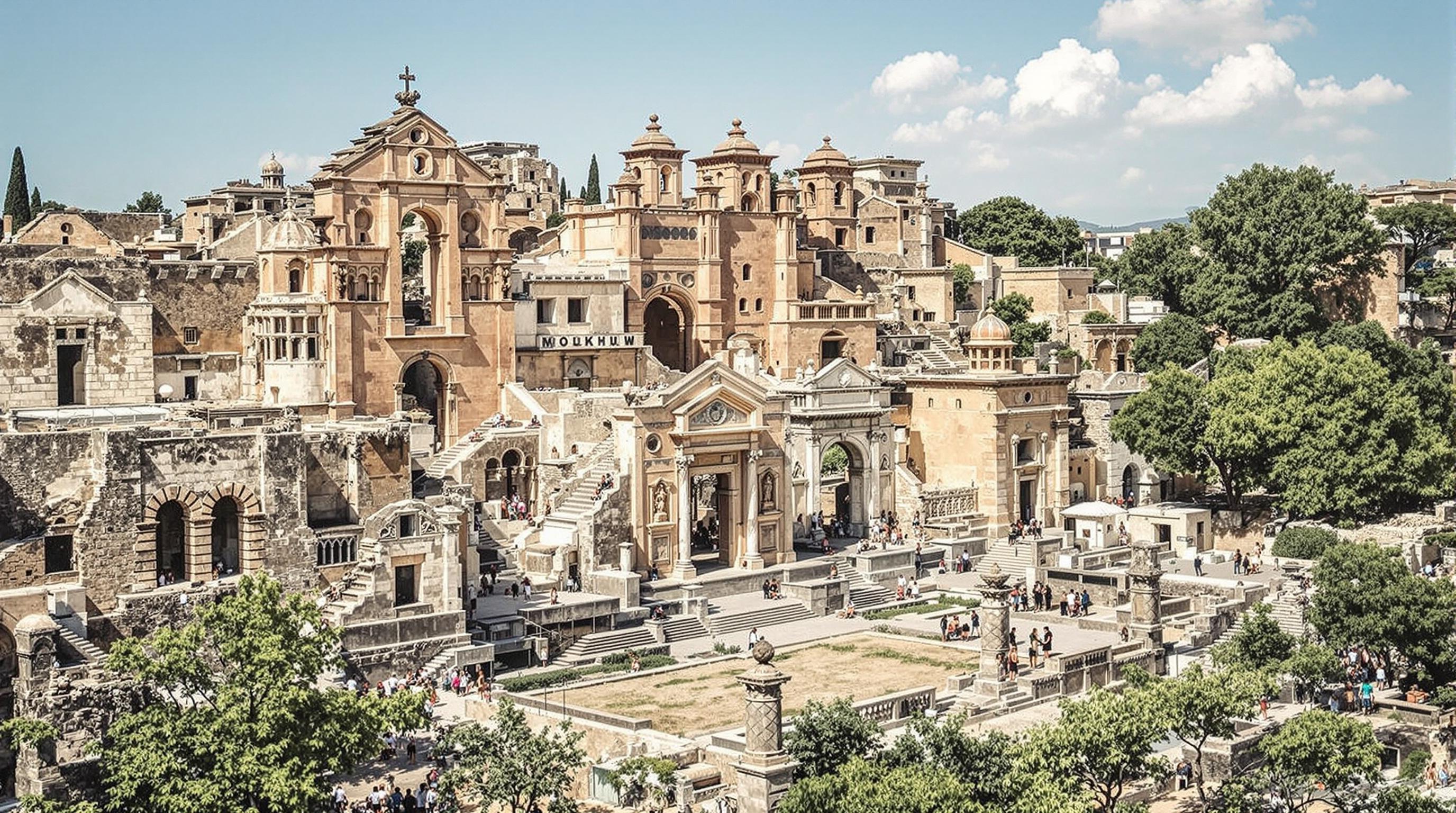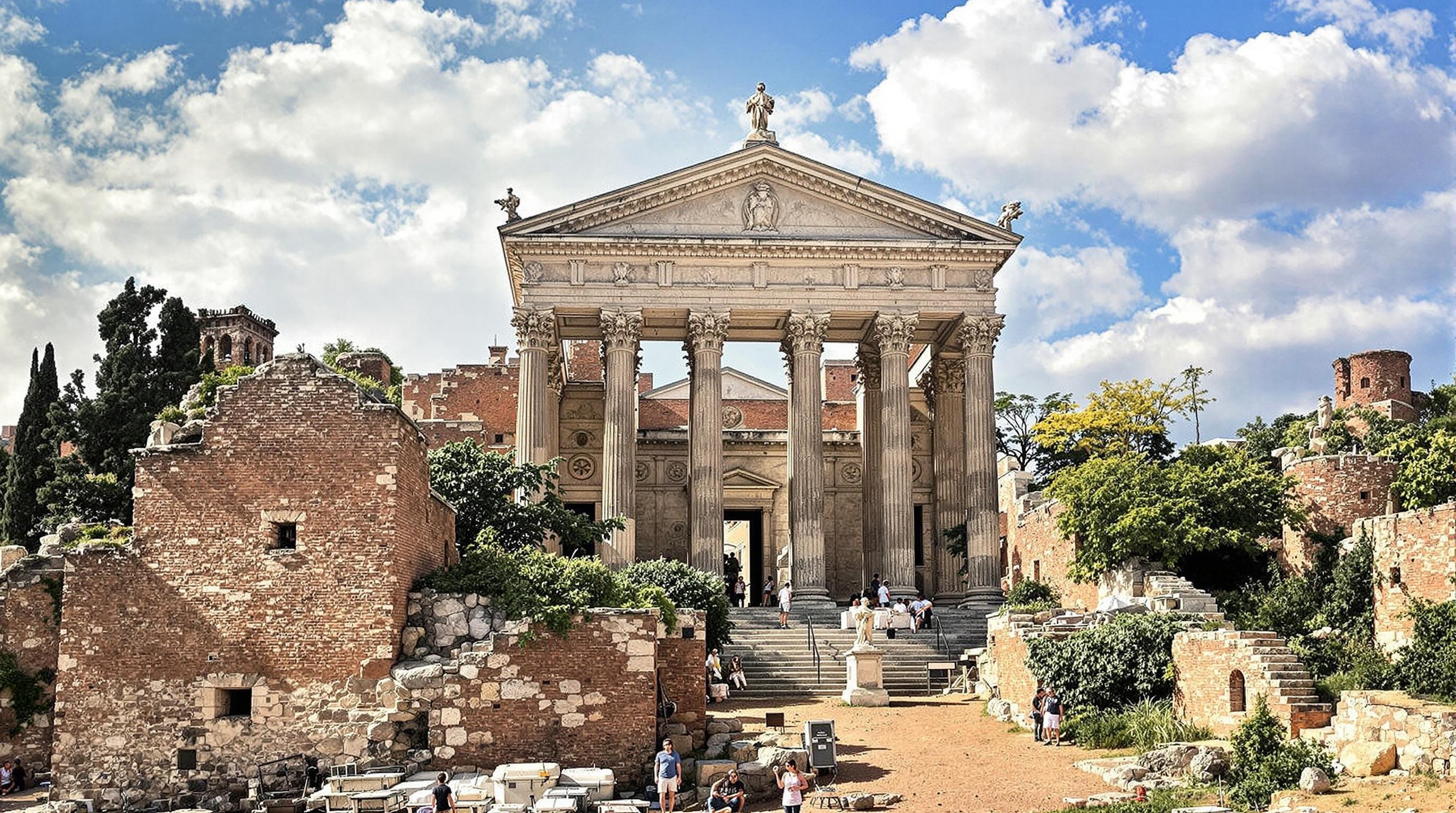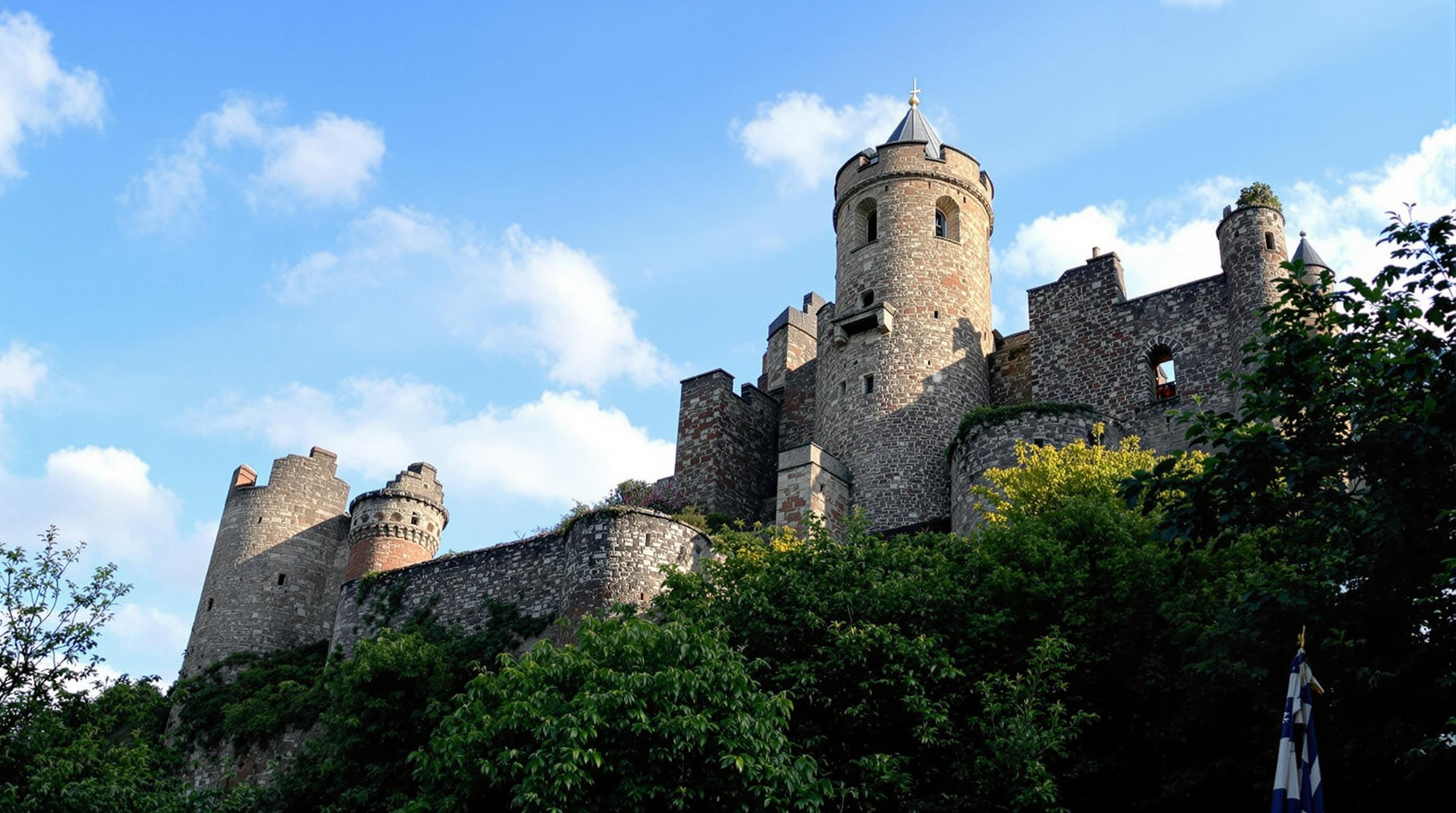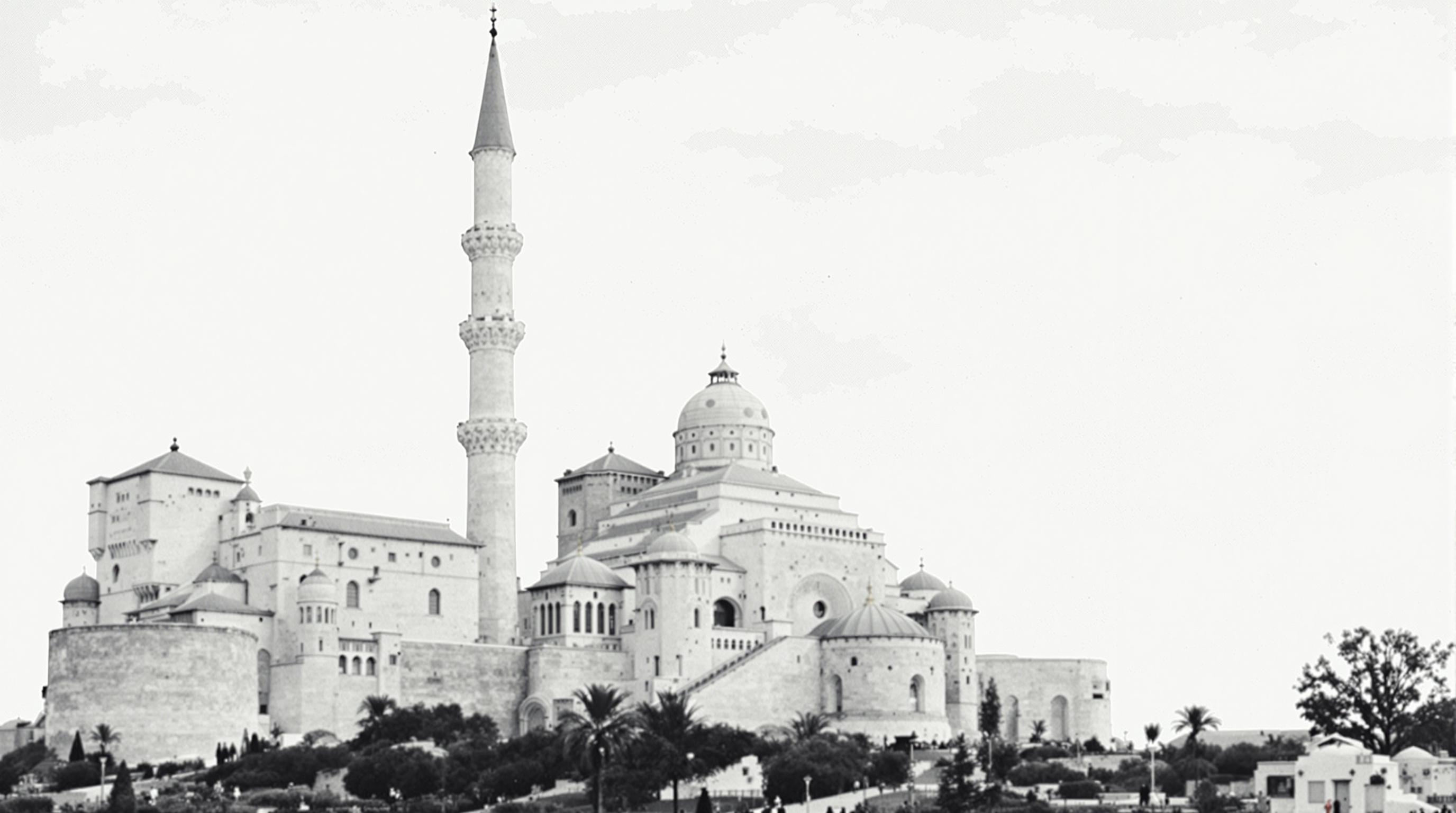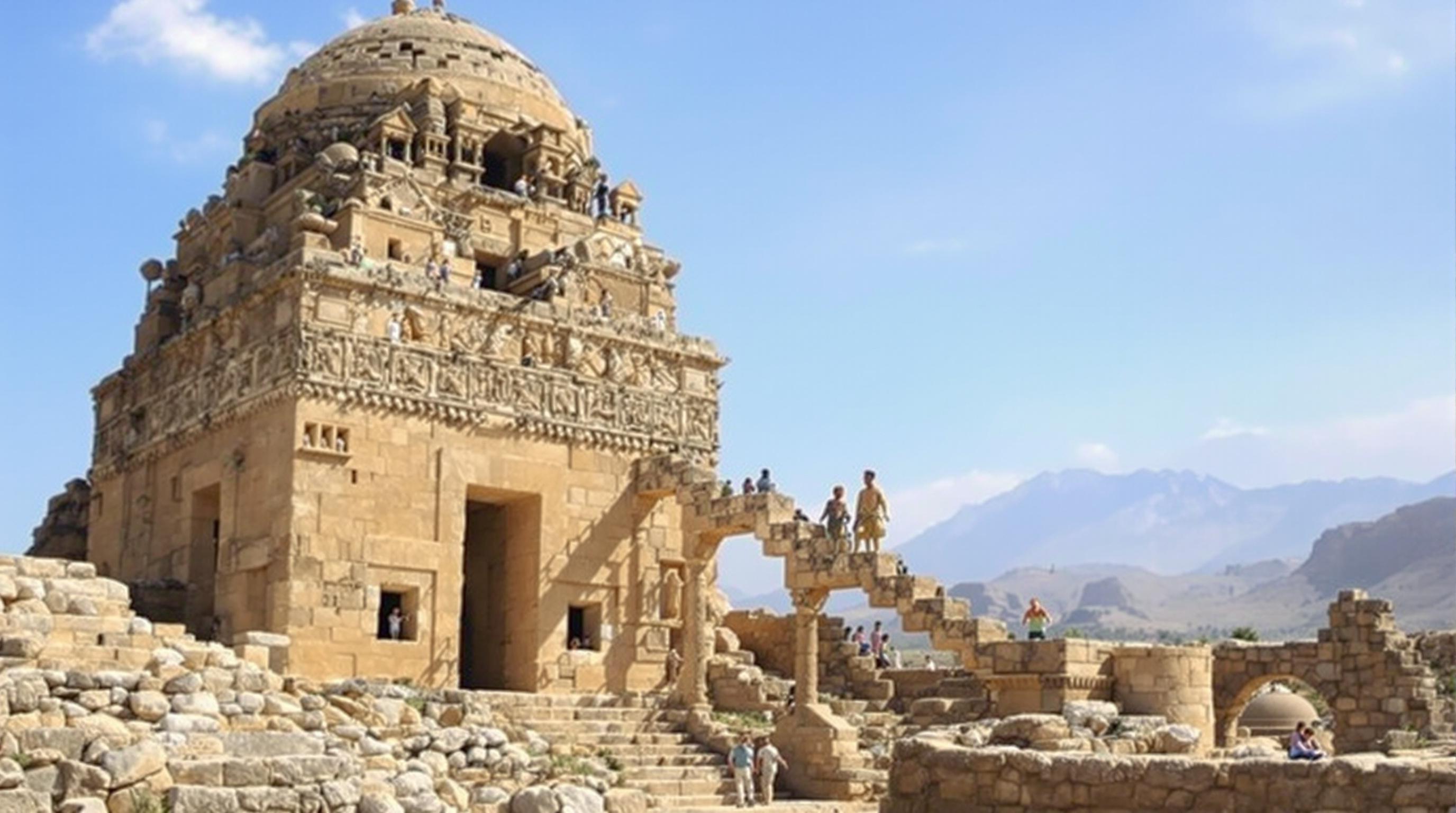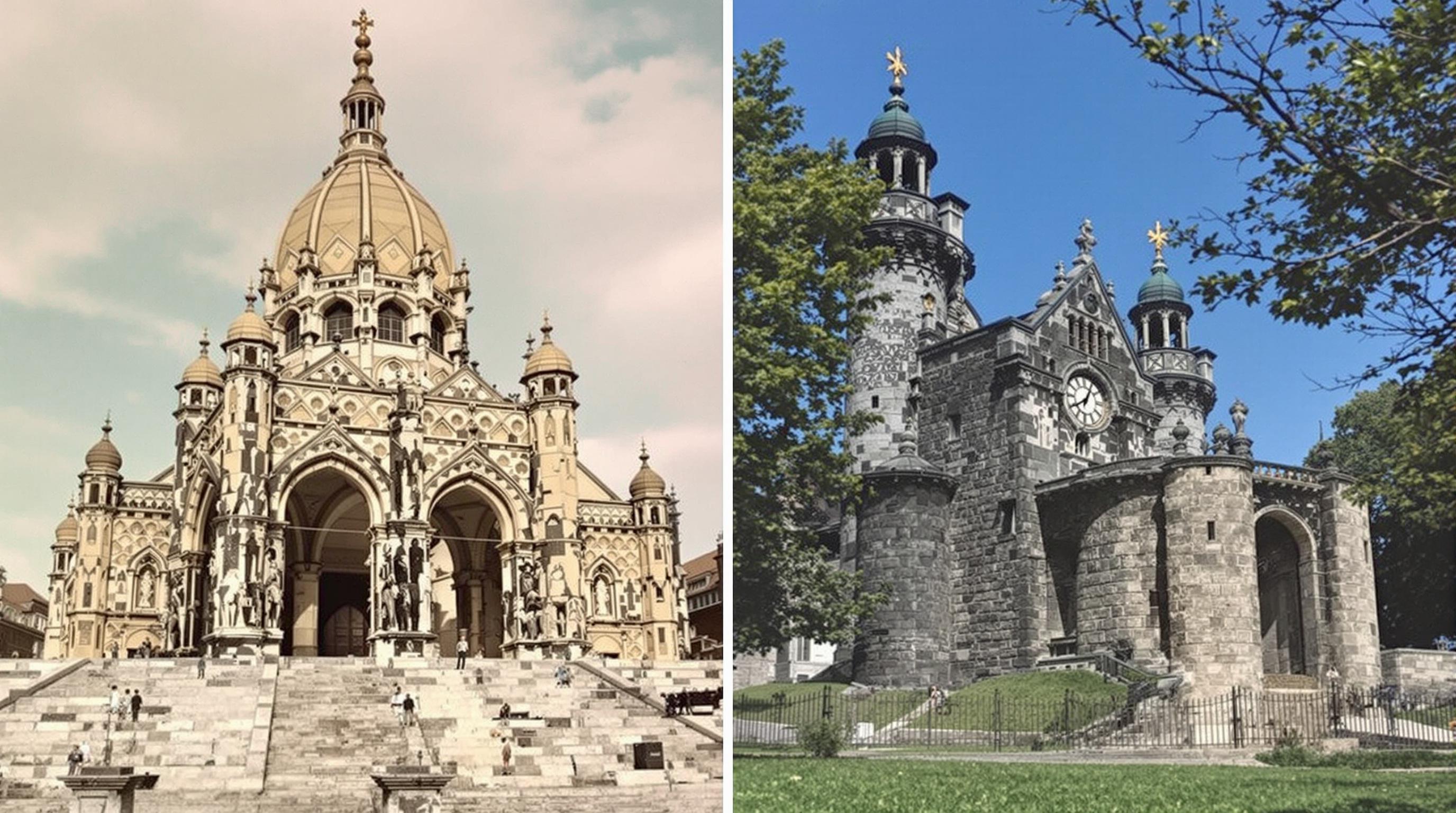Related Articles
- Navigating Ethical Travel: The Role of Arts and Crafts in Supporting Local Economies and Cultures
- Rediscovering Ancestral Routes: How Ancient Trails Offer Insights into Sustainable Travel Practices
- The Ethical Dilemma of Luxury Travel: Splurging or Supporting Sustainable Development?
- Navigating Ethical Dilemmas: The Quest for Authenticity in Local Food Experiences While Traveling
- Beyond the Facade: Exploring the Subsurface Infrastructure of Iconic Historical Structures
- Curiosities Unearthed: The Surprising Connections Between Historic Sites and Modern Art Movements
Lost in Translation: How Language Evolved at Historic Sites and Shaped Cultural Identity Over Time
Lost in Translation: How Language Evolved at Historic Sites and Shaped Cultural Identity Over Time
Language is not just a means of communication; it is an integral part of cultural identity. This article delves into how language evolved at historic sites and influenced the cultural identity of communities over time, showcasing various viewpoints, humor, and insights from a significant age range.
Language: The Vessel of Culture
Imagine standing in front of an ancient castle, the stone walls echoing whispers of the past. As you walk through the corridors, you begin to appreciate how language permeated these historic spaces, serving as a vessel of culture. Language allows us to connect with the stories, struggles, and triumphs of people long gone. According to a study by the Language and Culture Research Center, about 80% of the world's population identifies strongly with their language as a marker of cultural identity. To many, language is not just a tool but a lifeline.
Case Study: The Tower of Babel
Legend has it that the Tower of Babel was an ambitious project that aimed to create unity among humanity. However, it led to chaos as multiple languages emerged, confusing the builders. This tale reflects a vital truth about language: while it can unite, it can also divide. For instance, in Switzerland, four national languages coexist, illustrating how linguistic diversity shapes cultural identity. The approach to multilingualism in historic sites sees the inclusion of various languages to honor this diversity.
Lost and Found: The Dialect of a Nation
Historically, language in a given region has been a beacon of civilization, a signpost guiding cultural evolution. For example, investigate the Scots Gaelic language, which flourished in Scotland, was on the brink of extinction, and is now making a comeback. This revival is not merely academic; it signifies a reclaiming of identity, deeply woven into the cultural tapestry of the Highlands. Organizations like Gaelic Language Scotland report a 60% increase in Gaelic learners, showing that as many young people re-engage with their linguistic heritage, they're not just learning a language—they're also uncovering their history.
The Conversational Alsace
Have you ever tried learning Alsatian? Just for kicks, I once visited Alsace and attempted to order a meal in the local dialect. My bumbled attempts at “Chaschperle” (a traditional dish) resulted in more than just a funny look—they sparked an entire conversation with the waiter about the intertwining of French and German influences in this unique region. And therein lies the beauty of language; it ignites connections that transcend mere vocabulary. Perhaps it's time for us to embrace a little linguistic mischief to discover deeper cultural ties.
Language Contact: A Mixed Bag
As societies encountered one another, the mingling of tongues drastically altered language and culture. Take, for example, colonial histories. The encounters between colonizers and indigenous peoples led to the birth of creole languages, blending elements of both communities. In the Caribbean, for instance, languages like Haitian Creole emerged, reflecting complex interactions. Not only did these languages give voice to the local culture, but they also forged a new identity that mirrored resilience and adaptation.
The Language of Power and Resistance
However, this evolution is not always harmonious. Language can also be a tool of power and oppression. Consider how certain languages were imposed upon colonized peoples, suppressing their native tongues. In many countries, indigenous languages struggled against colonization; examples include Maori in New Zealand and Quechua in Peru, where revitalization efforts are now underway. Sociolinguist Suzanne Romaine notes that language death occurs at a terrifying rate—one language every two weeks! Fortunately, movements advocating for the preservation of indigenous languages are gaining momentum. But have we done enough? The answer, sadly, may lie in the death of our lesser-known languages if we don't make a change.
Humor in Misunderstanding
So, what happens when our attempts at communication go awry? My friends and I went to Spain for a holiday. My attempts at asking for directions resulted in me inadvertently asking a waiter if he liked to wear his shoes on his head instead of inquiring about the best route to the beach! Language mishaps remind us that, while it’s lovely to connect through language, sometimes it’s the hilarity in those misunderstandings that creates a bond. Gaffes can give birth to cherished stories and shared laughter, reinforcing that cultural identity is a tapestry of experiences—language and laughter are woven together.
Words: Echoes of Cultural Identity
What remains a cornerstone of history is the collective memory embedded within language at historic sites. Take the ancient city of Pompeii, where graffiti offers a snapshot of daily life. This forgotten language of the streets reveals not just how people communicated but also their aspirations, frustrations, and jokes. Interestingly, some of these inscriptions are still relatable, showcasing that while cultures evolve, the essence of human nature remains constant.
Language and Consciousness
Renowned linguist Benjamin Lee Whorf suggested that language shapes thought. In essence, our perception of the world is inherently tied to how we express ourselves. For example, some languages have multiple words for “snow,” capturing nuances that English fails to convey. The Inuits are often cited in this context with a reported 50+ words for snow types! This multifaceted understanding impacts how people in those cultures perceive their environments. So, when you visit historic sites, consider that the language you encounter isn't simply out-of-the-vault communication but a window into a unique world view that has shaped cultural identity.
Language Revitalization: The Modern Movement
Modern initiatives emphasize the significance of language in cultural identity. Words like “cultural sustainability” emerge as more than buzzwords—they represent a commitment to preserving linguistic heritage. The famous Kānaka Maoli (Native Hawaiian) movement emphasizes the revival of the Hawaiian language, intertwining language with culture, land, and identity. Efforts are underway where schools teach Hawaiian, and cultural festivals celebrate its richness. This revitalization displays how acknowledging our roots can influence future generations.
The Sweet Language of Arabic Calligraphy
Arabic calligraphy is yet another form of artistic language that tells stories of cultural identity through exquisite strokes and curves. The written forms of Arabic serve not just as a communication tool but as an art form, elevating language into cultural identity itself. The beauty of this script illuminates religious texts while acting as a bridge for various cultures. According to the Arabic Language Academy in Cairo, there are about 420 million Arabic speakers worldwide, highlighting how the written form not only communicates but also preserves history.
In Conclusion: The Tapestry of Identity
Language is a living entity, continuously evolving and adapting to the tides of history and culture. As we explore the rich narratives at historic sites, let us consider language not just as words on a page but as echoing threads in the tapestry of cultural identity. Whether through epic tales of misunderstandings, the revival of endangered languages, or the burgeoning embrace of diverse dialects, it is evident that language continues to shape who we are. So, the next time you find yourself in a foreign land or standing before a relic of the past, tune into the stories language can tell and the connections it can forge. Only then can we truly understand how we are all part of one larger narrative, one that spans across cultures and time.
